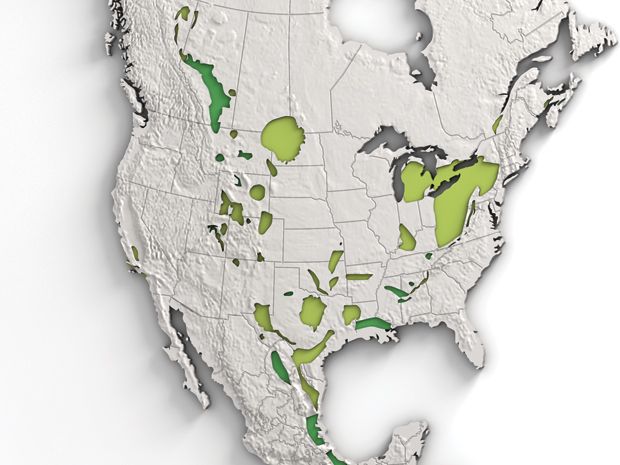Golden Rules for Shale Gas
Adopting environment- and community-friendly rules is essential if operators don’t want to be shut down by regulation
The discovery and exploitation of vast shale gas reserves has revolutionized the U.S. energy outlook and may soon do the same in parts of Eurasia and China. But the International Energy Agency (IEA), headquartered in Paris, believes the full potential of these reserves will be realized only if “golden rules” for drilling and operating wells are adopted. Otherwise, the industry is likely to incur the ire of citizens worried about environmental damage and could face crippling restrictions.
The rules the IEA proposes are for the most part common sense: Be meticulously careful about where you drill; work closely with local communities and be open with them; don’t let wells leak—recycle water and dispose of it correctly; avoid venting and flaring (burning off excess gas).
The IEA estimates that following the rules increases the cost of the average well by just 7 percent, and the payoff is enormous. A golden rules scenario could allow global production of natural gas to triple to 1.6 trillion cubic meters per year by 2035. This would let natural gas, with its lower carbon footprint, come close to a tie with oil as the world’s leading primary fuel.
This article originally appeared in print as "Drilling Directions."
About the Author
William Sweet, an IEEE Spectrum contributing editor, frequently writes about energy, climate, and geopolitics. He wrote about the coming "Age of Hard-to-Get Oil" in the August issue. In His recent work includes the e-book Situating Putin: Why He’s Not Going Away and How That Matters.
